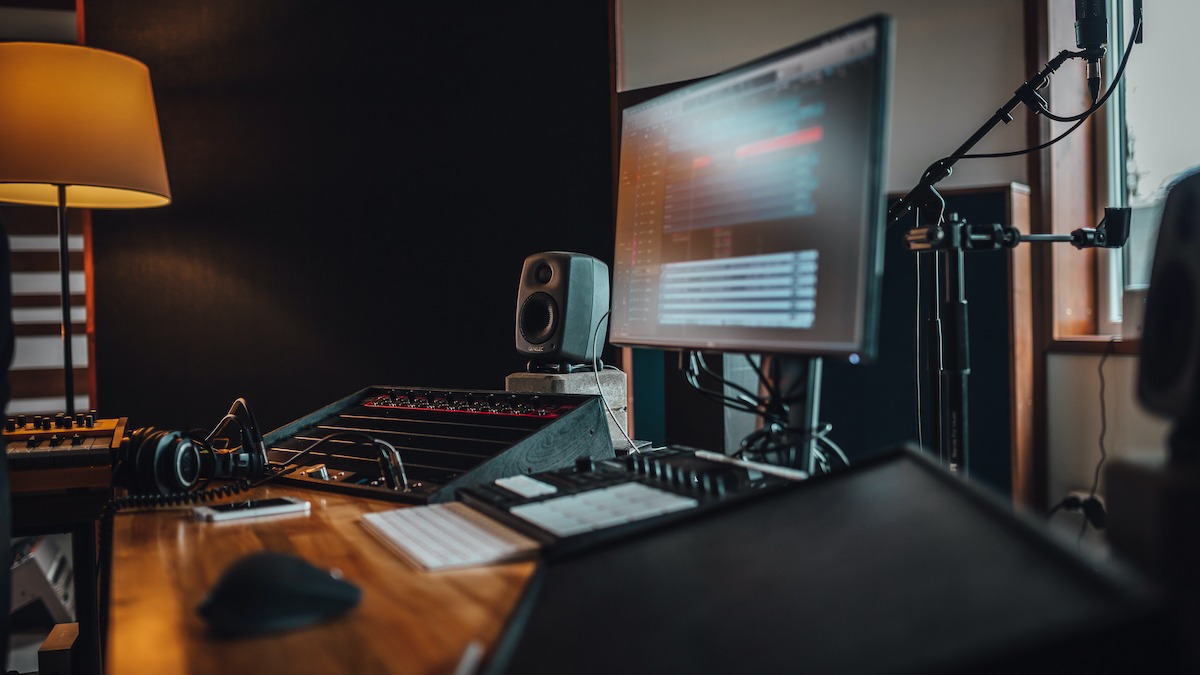Creating an optimized audio PC studio environment is essential for speeding up mixing and mastering processes. The foundation begins with a powerful and reliable computer system tailored specifically for audio production. This involves having a fast multi-core processor that can handle multiple tracks and effects simultaneously without lag. Coupled with ample RAM, this setup ensures smooth playback and quick response times when editing large sessions. Efficient cooling systems also play a vital role in maintaining performance during long studio hours, preventing thermal throttling that could slow down processing power. Storage solutions significantly impact workflow efficiency in an audio studio environment. Utilizing high-speed solid-state drives SSDs rather than traditional hard drives dramatically reduces loading times for audio samples, plugins, and project files. Fast storage means less waiting when opening sessions and faster saving, allowing producers to focus on creativity rather than technical delays. Organizing files in a clear, logical structure on these drives further accelerates navigation and access during intense mixing sessions.

Another key factor is the optimization of the operating system and software environment. Minimizing background processes and disabling unnecessary startup programs can free up system resources, ensuring that the computer dedicates maximum power to the digital audio workstation DAW. Keeping drivers and software updated guarantees compatibility and takes advantage of the latest performance improvements. Streamlined system settings tailored for audio work reduce latency, helping to maintain real-time monitoring and smooth plugin performance during mastering. Audio interfaces and hardware integration also contribute to a more efficient studio setup. Using interfaces with low latency and stable drivers reduces the delay between input and output signals, which is critical when working with live instruments or vocals. Configuring buffer sizes appropriately balances latency with system stability, speeding up the workflow without sacrificing audio quality. Proper cabling and regular maintenance of physical hardware prevent signal degradation or unexpected failures, which can cause frustrating interruptions during a session.
The physical studio environment should not be overlooked when aiming for speed and efficiency. A well-organized workspace with easy access to controllers, mixers, and monitors helps maintain a smooth creative flow. Acoustic treatment enhances the accuracy of sound playback, enabling quicker and more confident mixing decisions. Comfortable seating and proper lighting reduce fatigue, allowing producers to maintain focus over extended periods without unnecessary breaks. Developing a consistent workflow tailored to the optimized Audio PC environment maximizes productivity. Using templates and presets reduces setup time for each project, while well-planned session management avoids clutter and confusion. Regular system backups and project versioning protect work from data loss, preventing costly setbacks. Together, these technical and practical strategies create an efficient and responsive mixing and mastering environment that supports creativity and speeds up the entire production process.